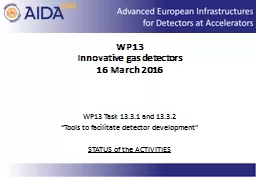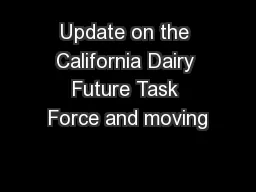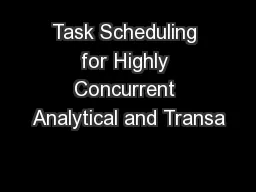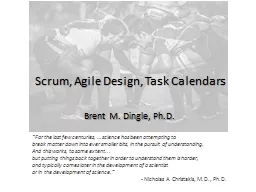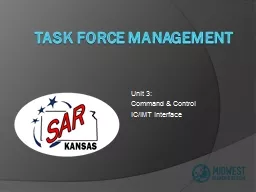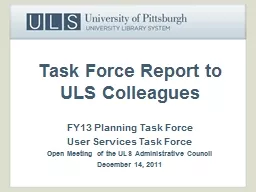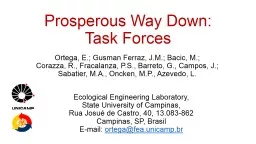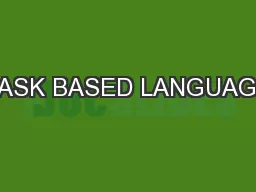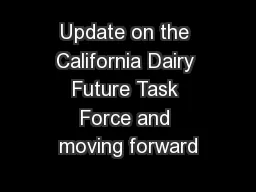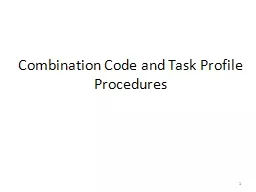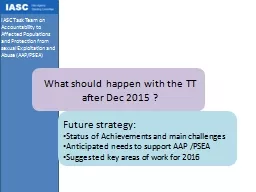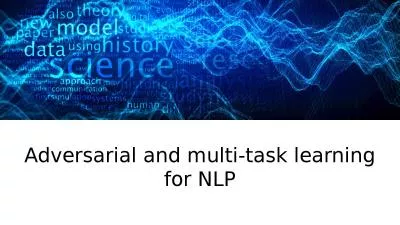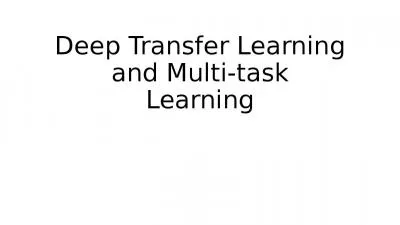PPT-WP13 Task 13.3.1 and 13.3.2
Author : popsmolecules | Published Date : 2020-08-04
Tools to facilitate detector development STATUS of the ACTIVITIES WP13 Innovative gas detectors 16 March 2016 WP13 Task 1331 Interfacing FEchips specific to gas
Presentation Embed Code
Download Presentation
Download Presentation The PPT/PDF document "WP13 Task 13.3.1 and 13.3.2" is the property of its rightful owner. Permission is granted to download and print the materials on this website for personal, non-commercial use only, and to display it on your personal computer provided you do not modify the materials and that you retain all copyright notices contained in the materials. By downloading content from our website, you accept the terms of this agreement.
WP13 Task 13.3.1 and 13.3.2: Transcript
Download Rules Of Document
"WP13 Task 13.3.1 and 13.3.2"The content belongs to its owner. You may download and print it for personal use, without modification, and keep all copyright notices. By downloading, you agree to these terms.
Related Documents

